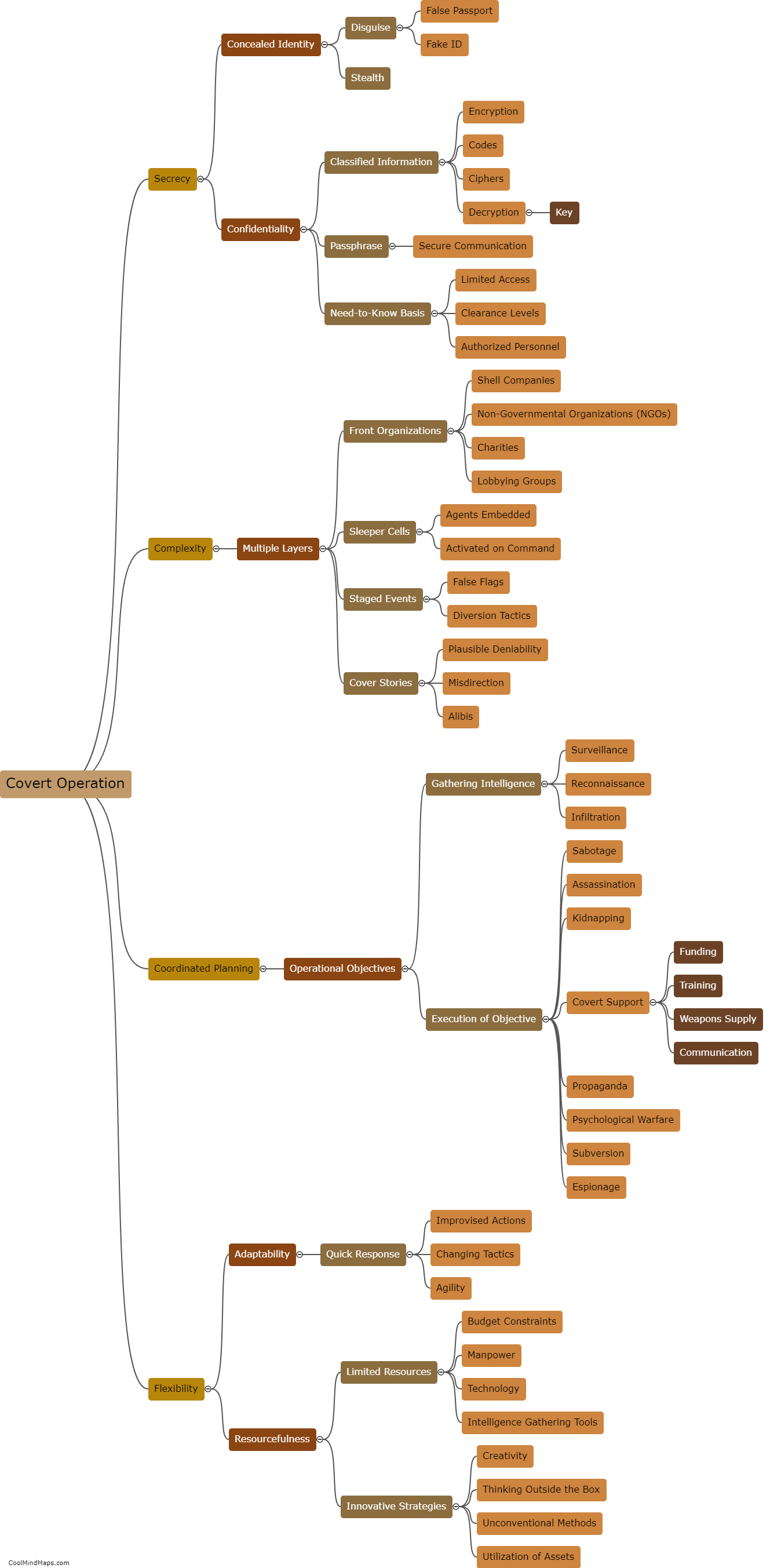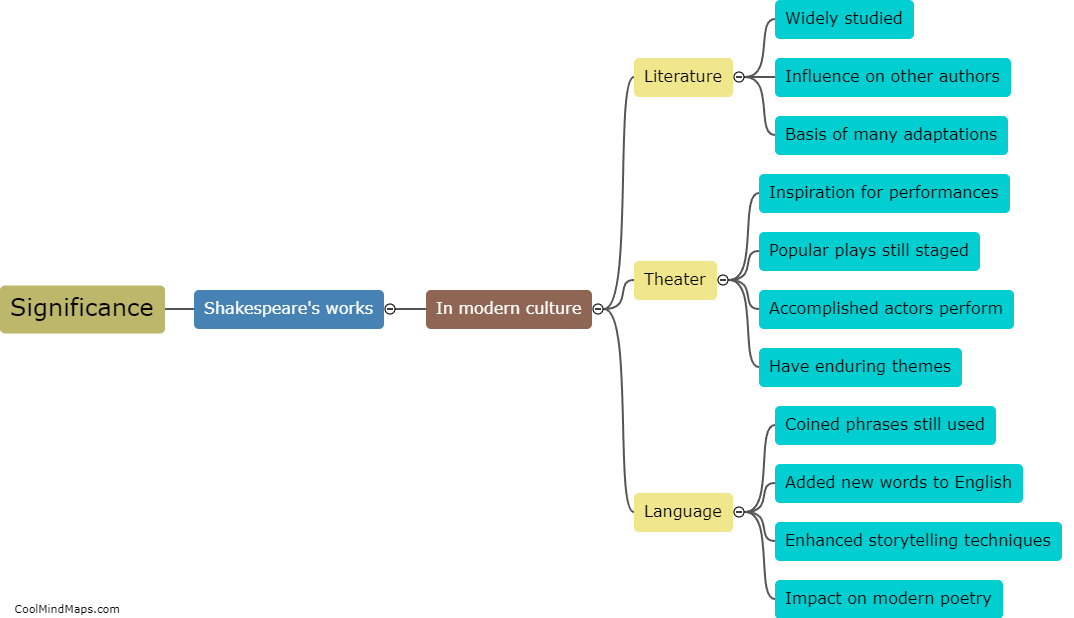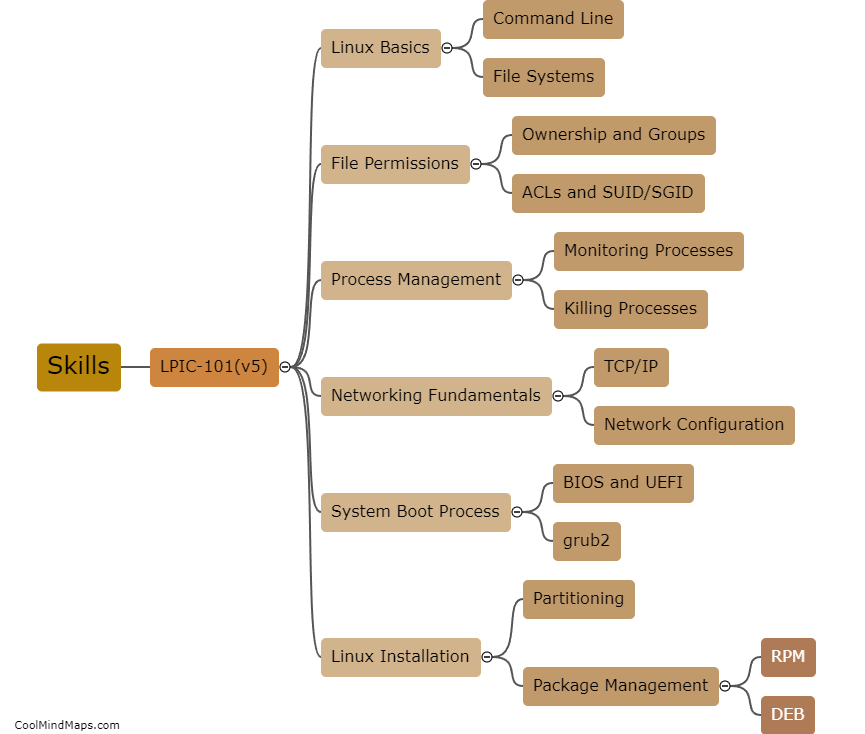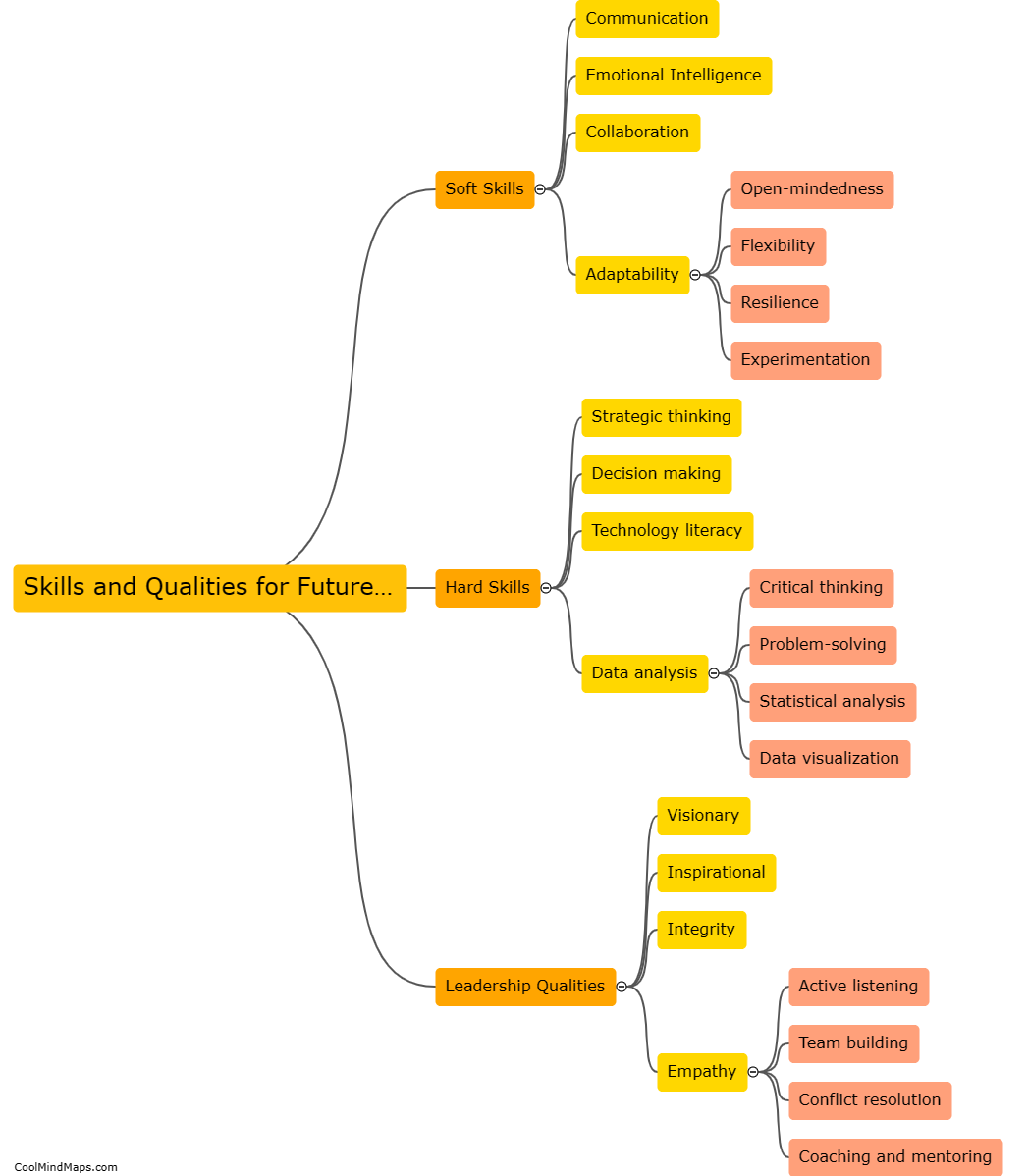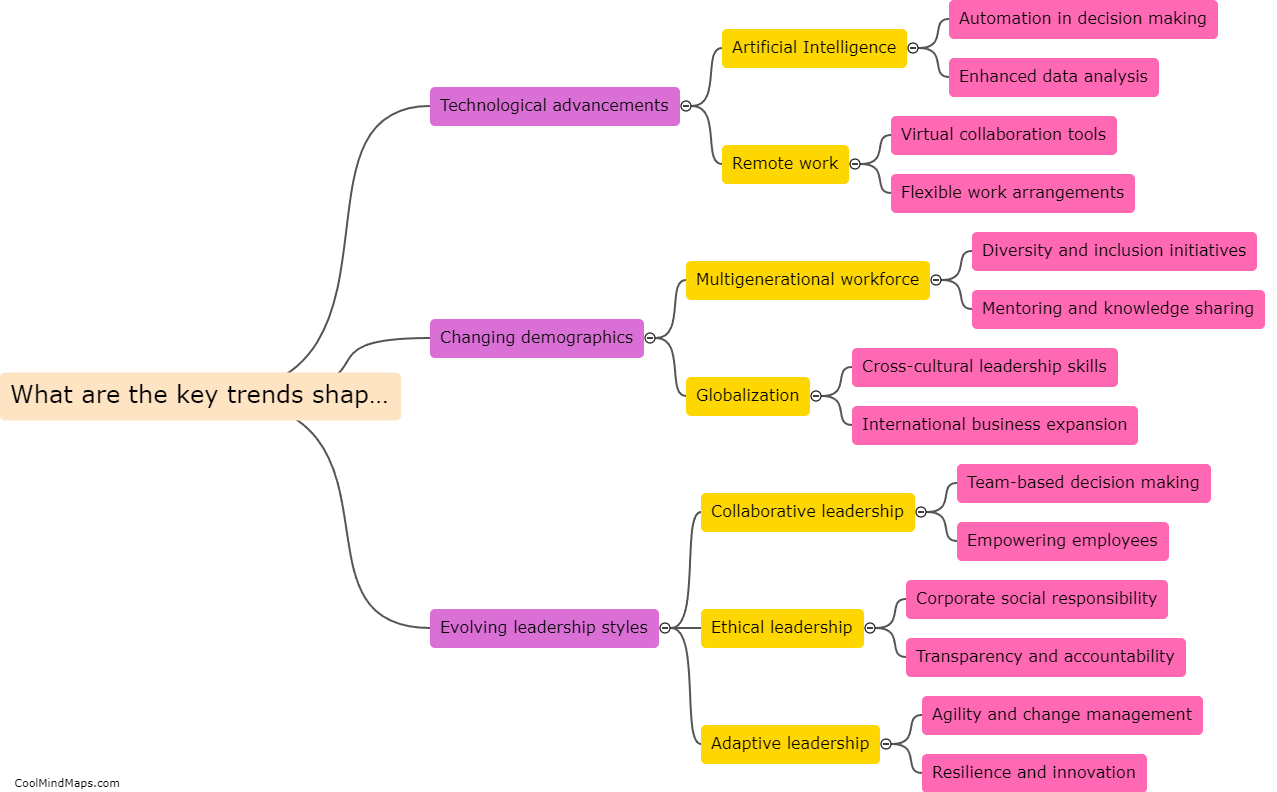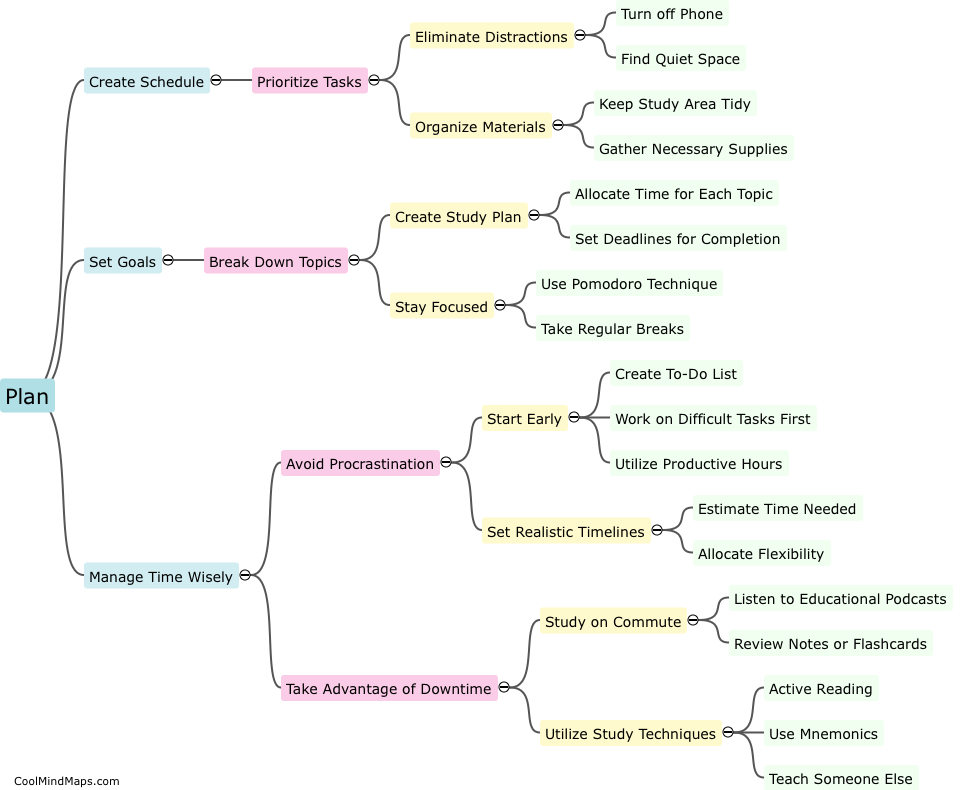What is the role of the diaphragm in the human respiratory system?
The diaphragm is a significant muscle located at the base of the chest cavity and plays a crucial role in the human respiratory system. As a key respiratory muscle, it contracts and relaxes to facilitate the process of ventilation. When the diaphragm contracts, it flattens and moves downwards, causing the chest cavity to expand. This expansion creates negative pressure in the lungs, allowing air to be drawn into the respiratory system. On the other hand, when the diaphragm relaxes, it returns to its resting dome shape, causing a decrease in lung volume, and allowing the expulsion of carbon dioxide-rich air during exhalation. In summary, the diaphragm functions as the chief muscle responsible for the inhalation and exhalation of air, enabling the exchange of oxygen and carbon dioxide to sustain human life.

This mind map was published on 23 November 2023 and has been viewed 139 times.
